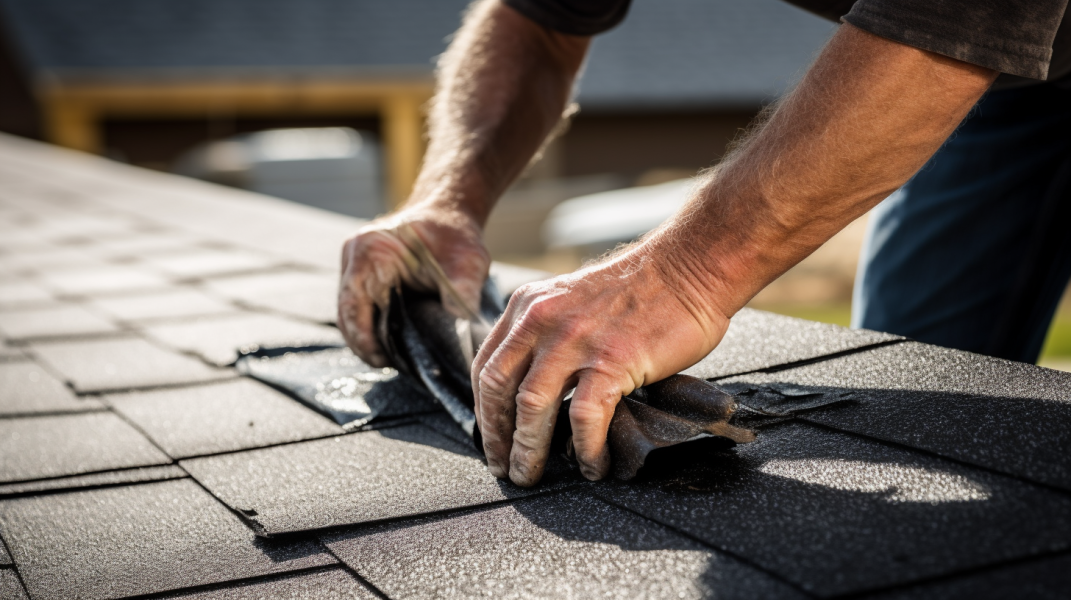Mastering Roof Navigation: A Step-by-Step Guide by Nova Home Improvements
Introduction
Navigating a roof requires precision, knowledge, and the right safety measures. Whether you're inspecting for damages, performing maintenance, or installing new features, understanding how to safely walk on a roof is paramount. This guide, crafted with expertise by Nova Home Improvements, provides a comprehensive walkthrough to ensure safe and efficient roof navigation.

Essential Attire and Footwear for Roof Work
Before stepping onto a roof, selecting the appropriate attire and footwear is crucial. Opt for well-fitted clothing that won't snag on roofing materials. Footwear should have rubber soles with excellent traction to prevent slips, ensuring they are clean and free from debris. This foundational step is vital for safe roof navigation.
Assessing Weather Conditions and Timing
Timing and weather conditions play a critical role in roof safety. Avoid roof work during adverse weather conditions such as rain, snow, or high winds, as these can create hazardous slippery surfaces. Plan roof work for dry, calm weather to ensure a safer experience.
Secure Handling and Transportation of Tools
When navigating a roof, secure handling of tools is essential. Utilize a tool belt or backpack to keep tools safely stowed, ensuring your hands are free to maintain balance. For larger equipment, use ropes or other secure methods to transport them to the roof safely.
The Importance of a Safety Buddy
Never underestimate the importance of having a safety buddy or partner when working on a roof. This person can provide immediate assistance in case of an accident and is essential for ensuring a safe working environment.
Conducting a Thorough Roof Inspection
Before walking on the roof, conduct a comprehensive inspection to identify potential hazards. Look for loose shingles, tiles, or other roofing materials that could pose a tripping hazard. Clear any debris from your path and avoid areas with moss growth, as these can be particularly slippery.
Choosing and Using the Right Ladder
Selecting the right ladder is a critical safety step. Ensure the ladder is stable, placed on solid ground, and extends at least three feet above the roof edge. When climbing, maintain a steady pace and keep your body centered to prevent tipping.
Implementing Roof Harness Safety
For extended periods of work or steep roof navigation, wearing a roof harness is highly recommended. This safety equipment provides a secure attachment to the roof, preventing falls and providing peace of mind.
Navigating Steep Roofs with Caution
When navigating steep roofs, keep your arms outstretched to aid balance, lean slightly forward, and take slow, deliberate steps. Always be aware of your footing and take the necessary time to move safely.
Safe Descent from the Roof
Descending from the roof should be done with the same caution as ascending. Use the ladder carefully, maintaining three points of contact at all times, and never rush the descent.
Additional Safety Tips and Considerations
Be mindful of power lines and other hazards near the roof, maintaining a safe distance at all times. Avoid walking on fragile roofing materials and take extra precautions near the roof's edge or when working near skylights.
Conclusion
Navigating a roof safely is a skill that requires attention to detail, the right equipment, and a commitment to safety. By following the steps outlined in this guide, you can confidently and safely perform roof work. Remember, when in doubt or in need of professional assistance,
Nova Home Improvements, your trusted roofing contractor in Chicopee, is here to help. Trust in our expertise to guide you through safe roof navigation and all your roofing needs.

















